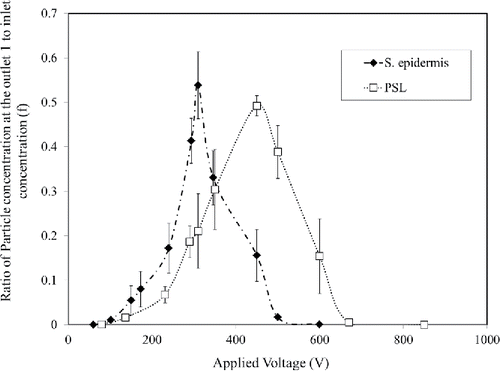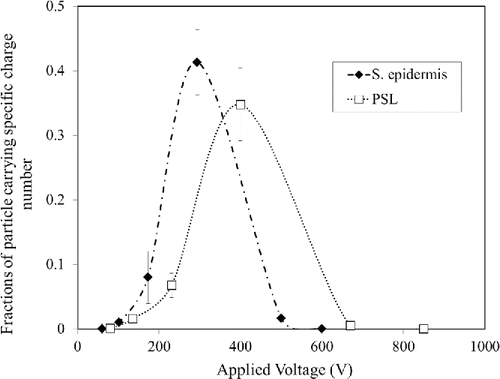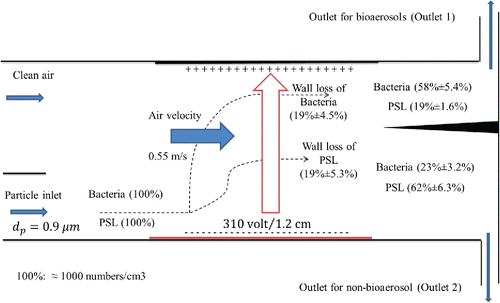Figures & data
Figure 1. Concept of real time separation of similar sized Staphylococcus epidermidis and polystyrene latex (PSL).
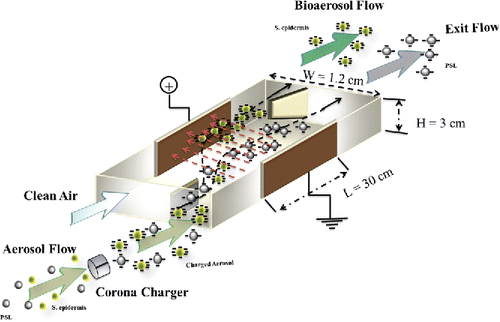
Figure 2. Experimental setup for measuring (a) concentration using an aerodynamic particle sizer (APS), and (b) ATP luminescence.
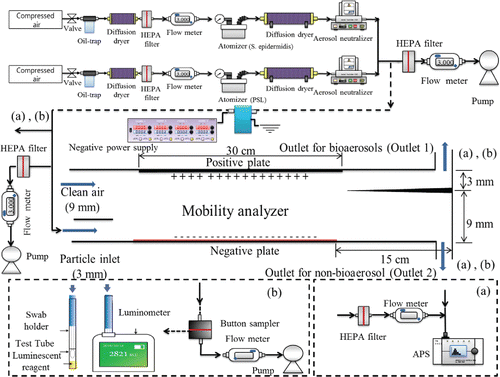
Figure 3. Size distributions of Staphylococcus epidermidis and polystyrene latex (PSL) aerosols. (Each measurement was repeated three times. Each data point presents the average and error bars present the standard deviation.)
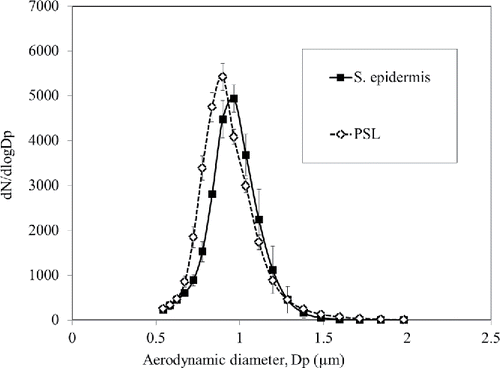
Figure 4. Current-voltage (I-V) characteristics of the aerosol charger. (Each measurement was repeated three times. Each data point presents the average and error bars present the standard deviation.)
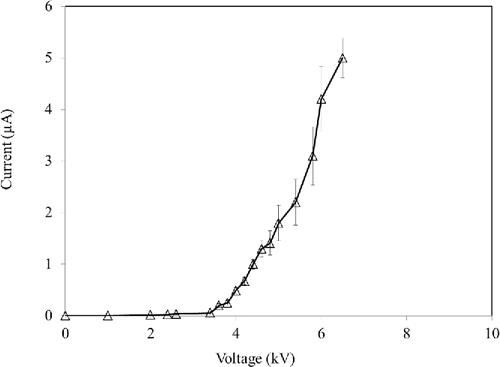
Figure 5. Bacterial standard curve for quantifying aerosol bacteria. (Each measurement was repeated three times. Each data point presents the average and error bars present the standard deviation.)
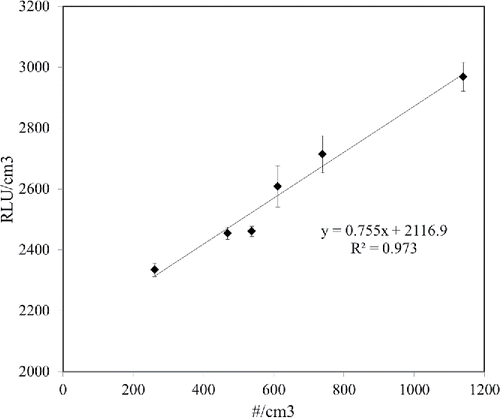
Table 1. Maximum recoveries for Staphylococcus epidermidis with different flow rates.
Figure 6. Ratio of particle (Staphylococcus epidermidis and polystyrene latex) concentrations at outlet 1 to aerosol inlet concentration with varying voltage. (Each measurement was repeated three times. Each data point presents the average and error bars present the standard deviation.)
